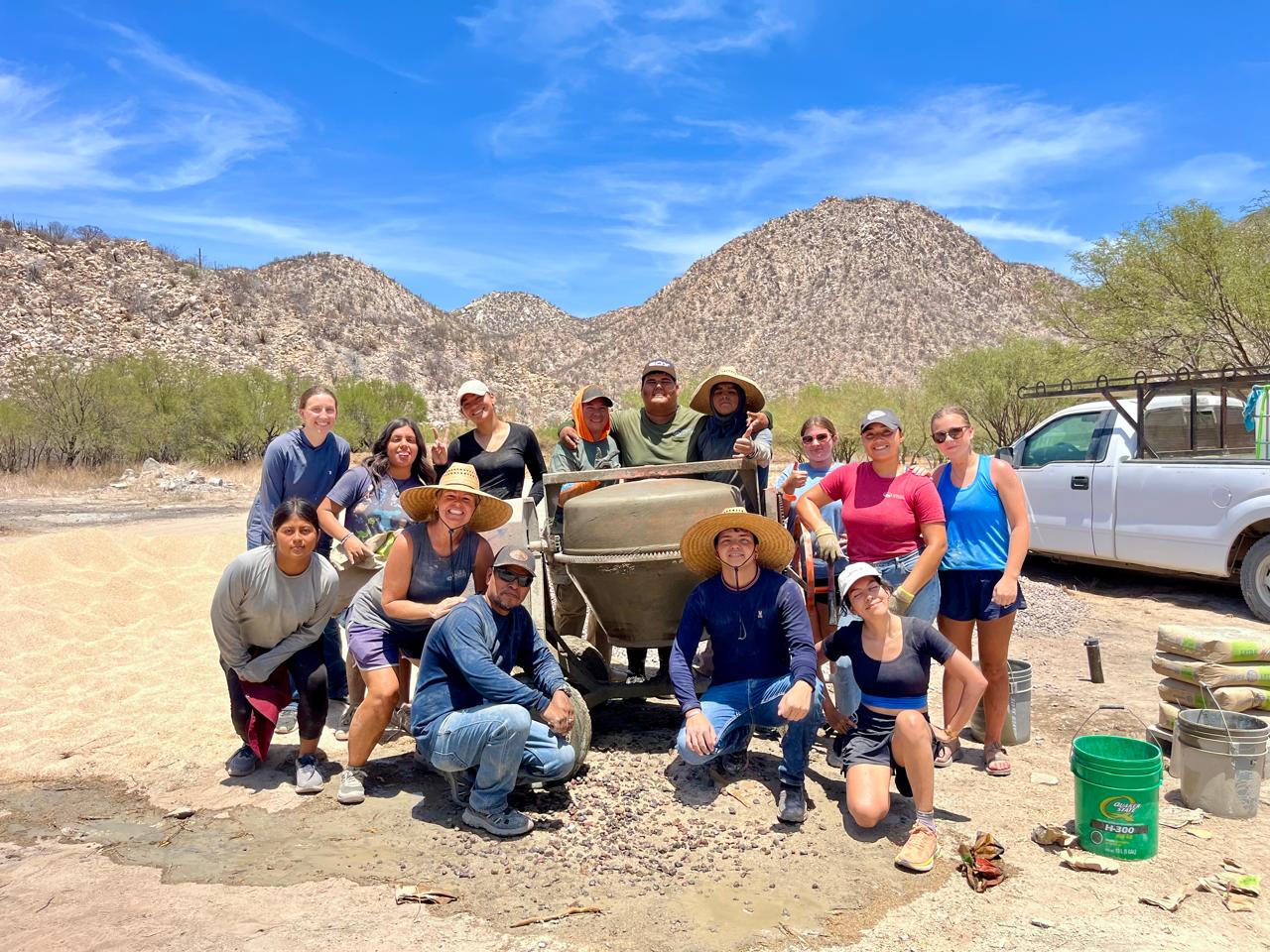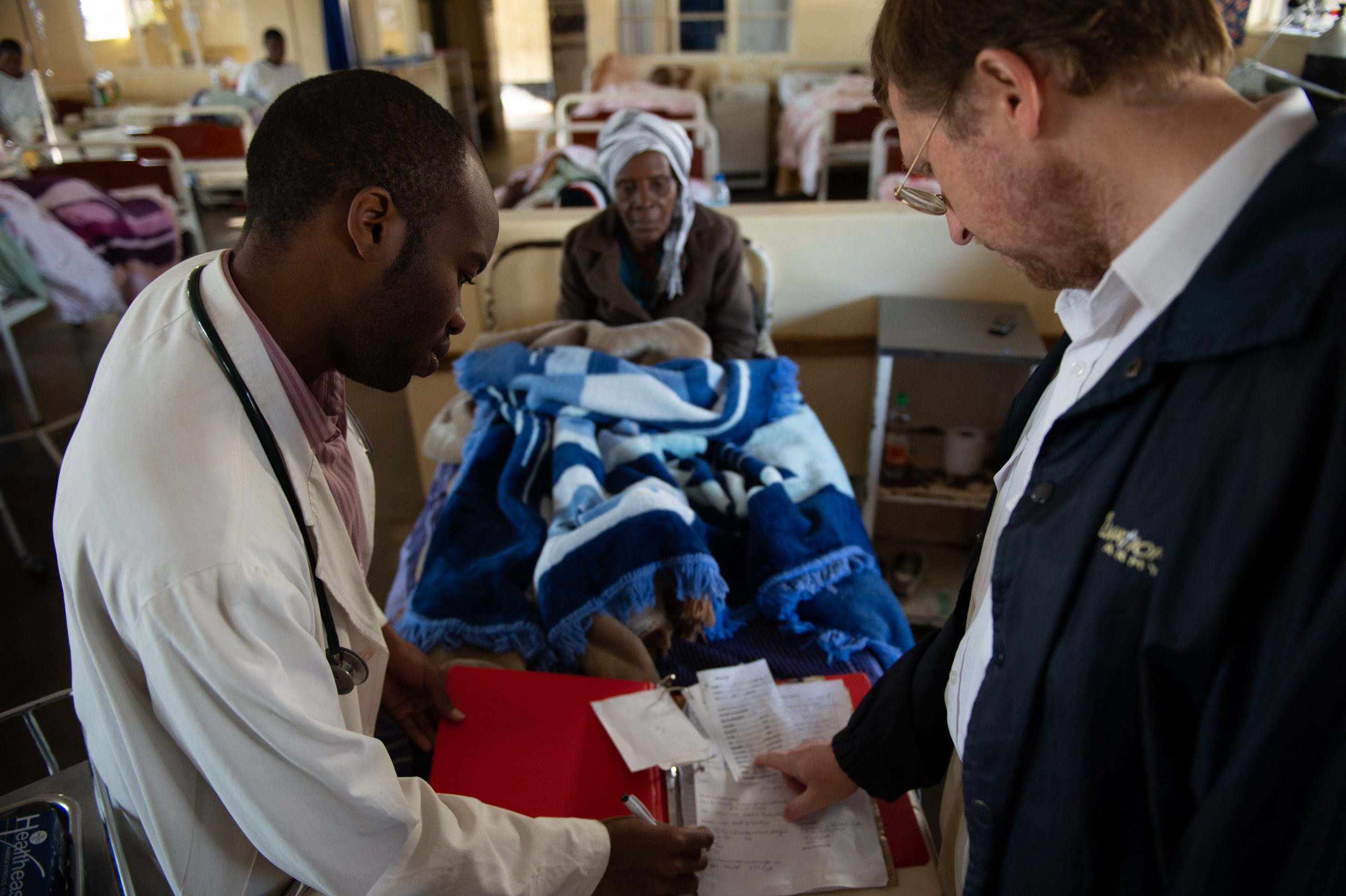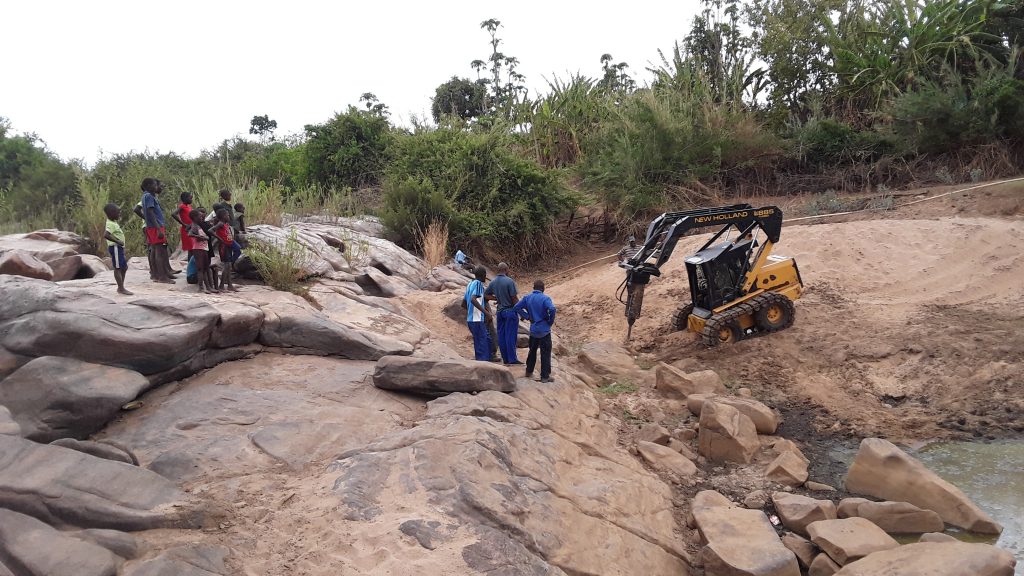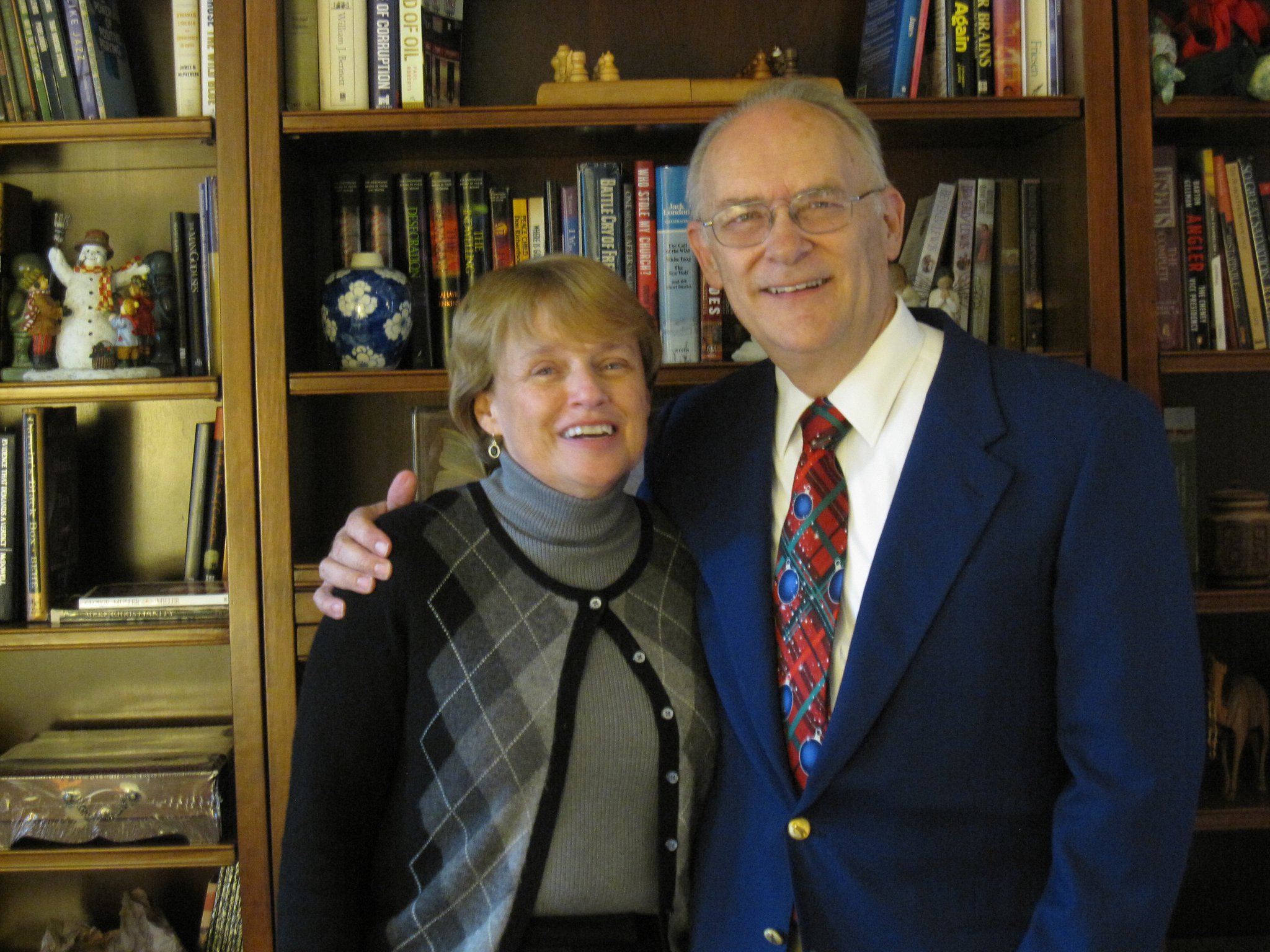
Ministry Updates
How a Hospital Runs on 4 Hours of Water a Day
March 16, 2021
by admin

Imagine if the State of Pennsylvania had one surgical hospital to serve the general public. Wealthy people would have their pick of facilities. But the middle and working class would come from all corners of the state to get proper care.
Now imagine that one hospital only had water for four hours a day.
Thankfully, that isn’t reality for Pennsylvania. But it was for Zimbabwe, a country with 2 million more people than the state. And if Zimbabwe’s droughts continue, it could be the case again.
Zimbabwe’s healthcare system consists of private and public hospitals and clinics, with public facilities being far more affordable. The country has three public surgical hospitals. However, two of them are often shut down for lack of resources and other challenges.
That leaves people across the country with only one option for surgery and other care: Karanda Mission Hospital.
[youtube_advanced url=”https://www.youtube.com/watch?v=VeiCZlKPSp4″ width=”600″ height=”400″ responsive=”yes” controls=”yes” autohide=”yes” autoplay=”no” mute=”no” loop=”no” rel=”yes” fs=”yes” modestbranding=”yes” theme=”dark” playsinline=”no”]
Stockpiling Water in Garbage Cans
Karanda was founded in 1961 by TEAM workers with a goal of sharing the Gospel through medical care. Now, missionaries and local staff serve up to 500 patients every day. For many of these patients, Karanda is their last hope of healing.
Located in northeast Zimbabwe, near rural Mt. Darwin, Karanda requires a lengthy journey for most of its patients. People come from across the country — and from other nations — for a chance to be treated there.
But severe droughts have forced the hospital to undergo annual water rationing. During dry season, the hospital can be reduced to only four hours of water a day. In extreme droughts, staff make do with just 30 minutes of water in the morning.
“We have plans and backup plans — garbage cans dedicated for water only on each ward, smaller containers in each nursing duty room for washing hands, large 10,000-liter containers stationed outside of the lab so they can run their machines,” says Kiersten Hutchinson, a physician assistant at Karanda.
A History of Water Uncertainty
The water concern has always been part of Karanda’s story. In 1954, TEAM selected its site for its proximity to the Ruya River. An intake system and chlorine treatment provided a year-round water. But during the Zimbabwe War of Liberation (1964–1979), the water system was destroyed.
In 1995, the first of six wells were drilled so Karanda could get its water from underground streams.
But the wells were no match for extreme dry seasons.
Since 1992, extreme droughts have made water a precious resource in Zimbabwe. Gradually, Karanda’s wells began to go dry.
“In 2013, I realized that we were in trouble,” says Karanda’s maintenance director, Jon Christiansen. “We were only able to supply the hospital facility and staff houses with about 25,000 liters of water a day.” Normal daily water usage for the hospital is 100,000 liters.
Jon began strategizing with Ken Atkinson, TEAM’s home office director of facilities. While the underground streams were going dry, Karanda’s river still had a steady supply of water. Could they rebuild a water intake and treatment system that would provide for Karanda’s needs?
“We built a somewhat improvised system as quickly as we could to meet the immediate need for water,” Ken says.
But operating the water treatment system is labor intensive. Further, many parts need improvement or replacement if it’s going to last for years to come. With a water crisis on the horizon, Ken had to go back to Zimbabwe to help build a strong, more permanent system.
A Plan to Revive Karanda’s Water System
In November 2020, Ken traveled to Karanda. His team excavate a system inlet, build a new floc tank, bring supplies and provide training.
Zimbabwe was well into its dry season, and the Ruya River was at the lowest level Karanda staff have ever seen.
“The hospital was on water rationing when we got there,” Ken says, “which means the wells were putting out enough water that you could have the water turned on for about half an hour in the morning. … That was what the hospital had to operate on.”
[vimeo url=”https://player.vimeo.com/video/518197926″ width=”600″ height=”400″ responsive=”yes” autoplay=”no” mute=”no” dnt=”no” title=”Water reservoir at Karanda is nearly dry”]
The challenge for medical staff was critical. Many patients arrive with dirty wounds because they don’t have adequate access to water at home. Medical staff perform — and clean up after — more than 4,000 surgeries a year.
“Imagine that you are seeing patients in a hospital and are not able to wash your hands, and there is no hand sanitizer even available in the country,” says Physician Assistant Kiersten Hutchinson. “Imagine delivering a baby and not having water to rinse out the bloody linens. These are just two real examples that I have encountered.”
Unfortunately, even a strong water intake and treatment system can’t make up for a complete lack of rain. The droughts are a stark reminder that the hospital depends on God for everything.
Still, an improved water system will ensure clean, reliable water for most of the year. And that water will help save many lives.
Ken plans to take three more 10-week trips to Zimbabwe over the course of 13 months. In between, he’ll build parts and plan logistics in the U.S. while local staff will continue to work on the system.

Repairs to the water treatment system included breaking up rocks that were hindering the inlet basin’s water flow.
Not Just a Job, But a Ministry
Local commitment to this project is key to its success. Zimbabwean staff member Washington Manyika currently runs the water treatment facility. He has just one other full-time worker and a part-time worker to help him. For the facility to run 24 hours a day, seven days a week, he will need more staff.
“My biggest challenge as I’ve been there recently is training and ownership and just that we can find the right Zimbabwean staff that have a heart to really pour into the system and care for it,” Ken says.
He asks for prayer that God will direct him to local believers who not only have technological understanding, but can also see this work as their ministry.
With the right people in place, Ken is confident that Karanda can continue to serve people. And as the hospital’s reputation grows, more people will get the chance to encounter the love of Christ.
“I can’t think of any time that I have driven into Harare or some populated place in a Karanda vehicle … and [not] had people from all over the country stop and ask how Karanda is doing and share how the hospital has blessed their family,” Ken says.
Pray with us that these blessings from God will continue for many more generations.
Related articles


